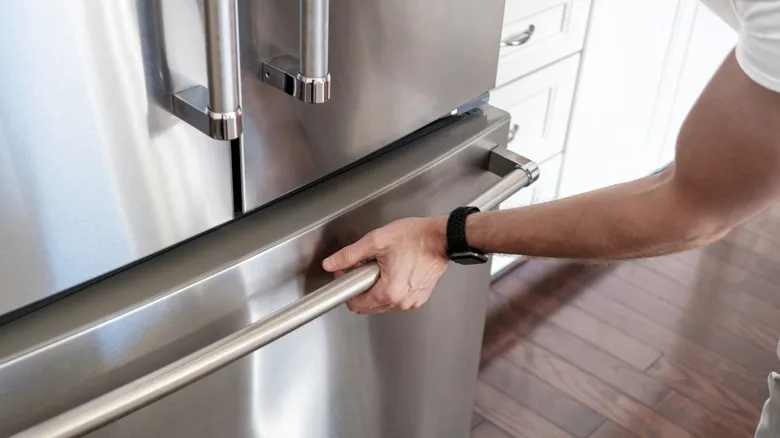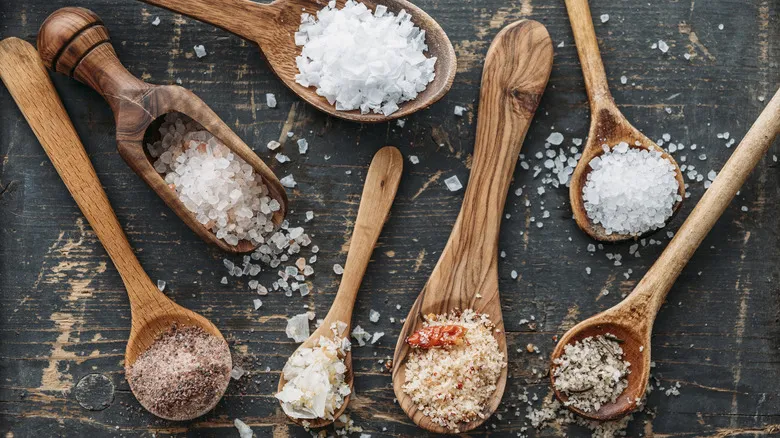Why the freezer method works

The freezer method is a modern twist on the traditional way sweet potatoes were enjoyed as a street snack in China and Hong Kong, where they were cooked in a wok after being harvested nearly frozen from the fields. This technique aligns with many aspects of Chinese cooking, which often aims to eliminate excess moisture from ingredients. "A fundamental principle of Chinese cuisine is that water lacks flavor," explained Lucas Sin of Junzi Kitchen to Eater. "Thus, many Chinese techniques focus on extracting water to leave behind a more concentrated essence of the ingredient."
When sweet potatoes are frozen, the interior turns to ice, causing the cell walls to break down, Sin noted. The science behind this method producing a fluffier sweet potato is rooted in the composition of the potato itself. Sweet potatoes naturally contain a sugar called maltose, and this concentration increases when frozen due to an enzyme known as amylase. Amylase converts glycogen into simple sugars, transforming the starch in the potato into maltose. During baking, these sugars become trapped between the skin and the flesh, resulting in a caramelized exterior and soft, tender interior.
Sweet potato mistakes to avoid

In addition to the freezer method, there are several best practices for sweet potato preparation and common pitfalls to steer clear of. One frequent mistake is storing whole, unpeeled sweet potatoes in the refrigerator before cooking. The cold temperature can cause the centers to harden and may even alter their flavor. Instead, it's best to keep them in a cool, dry place away from direct heat, where they can last for about two weeks if stored correctly.
Another error to avoid is boiling sweet potatoes. Boiling can result in the loss of the delicious caramelization that occurs through the Maillard reaction, which enhances flavor and depth. Additionally, boiling can lead to a mushy, waterlogged texture.
These are common missteps that you might be making. For the best flavor and texture, roasting or baking sweet potatoes is the way to go. Remember to keep them whole, as cutting them in half can lead to dryness.
Recommended

How To Stop Your Apples From Turning Brown Using Science

The Best Types Of Pasta To Pair With Cream Sauce

Here's How Often You Actually Need To Replace Spices

Table Salt Vs Sea Salt Vs Kosher Salt: When To Use Each Type In Your Kitchen
Next up

